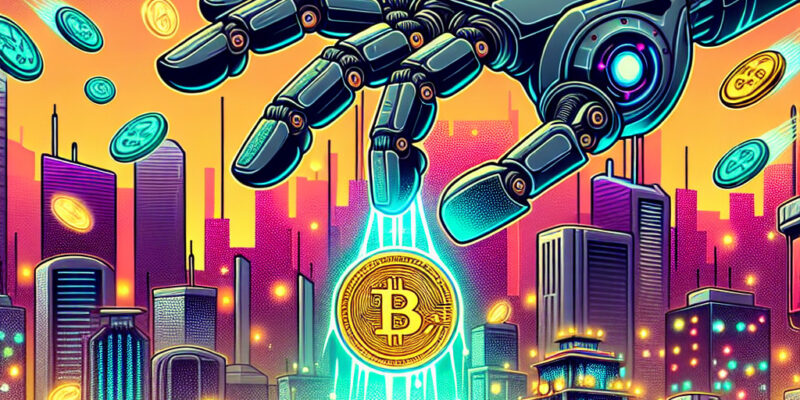Ripple Aims to Acquire $1B XRP Tokens: A New Treasury Ambition

Ripple Labs, known for its strong ties to the XRP ecosystem, has sparked fresh intrigue by setting its sights on acquiring a hefty $1 billion worth of XRP tokens. This ambitious move has grabbed headlines, inviting speculation about what this might signify for Ripple’s long-term strategy and the broader cryptocurrency landscape.
Understanding Ripple’s History with XRP is essential before delving into the implications of this latest decision. As one of the most prominent players in the crypto sector, Ripple has consistently demonstrated an unwavering commitment to expanding its influence and optimizing its operations. The company already holds an impressive 4.5 billion XRP tokens, making it a dominant force within the XRP community. Notably, an additional 37 billion XRP sits securely in escrow, strategically released over time to mitigate market fluctuations and ensure a steady supply.
The decision to potentially purchase such a large volume of XRP could be interpreted as a strategic reinforcement of Ripple’s treasury assets. In the world of digital assets, a treasury serves as both a financial backbone and a means for companies to manage liquidity effectively. For Ripple, bolstering its treasury with more XRP might be less about short-term gains and more about solidifying its ability to navigate future developments, whether they involve expanding its payment solutions or enhancing its competitive edge against other financial technology firms.
From a technical standpoint, Ripple’s ambition could indicate confidence in the long-term value of XRP. In a market often described as volatile and unpredictable, taking such a definitive stance signals Ripple’s belief in the sustainability and growth potential of its native token. This decision could encourage existing and potential investors to reconsider XRP’s role within their portfolios, possibly triggering a ripple effect (no pun intended) of renewed interest and investment in Ripple’s broader ecosystem.
Moreover, this acquisition venture arrives at a time when Ripple has been vocal about its global growth plans. Whether entering new markets or forging strategic partnerships, maintaining a robust treasury can provide the financial flexibility required to support and execute complex international initiatives. With the ever-changing regulatory landscape, having enhanced resources could also enable Ripple to adapt more rapidly to legal challenges or shifts, safeguarding its operational continuity.
Beyond its immediate financial ramifications, Ripple’s endeavor prompts broader discussions about the role of centralization within blockchain networks. Critics might argue that accumulating such a significant number of tokens could centralize control, contradicting the decentralized ethos underpinning most cryptocurrencies. However, Ripple has previously countered such concerns by highlighting its decentralized exchange and diverse validator nodes, suggesting a nuanced balance between decentralization and strategic management.
In conclusion, while the road ahead for Ripple is certainly laden with challenges and opportunities, the intent to acquire $1 billion in XRP tokens demonstrates a calculated commitment to enhancing its position and capabilities. Whether this move will reshape market dynamics or subtly bolster Ripple’s influence remains to be seen. As the details unfold and the crypto industry continues to evolve, Ripple’s ambitious vision could very well serve as a catalyst for broader conversations about the future of decentralized finance, the role of digital assets, and the ever-complex interplay between innovation and regulation.













